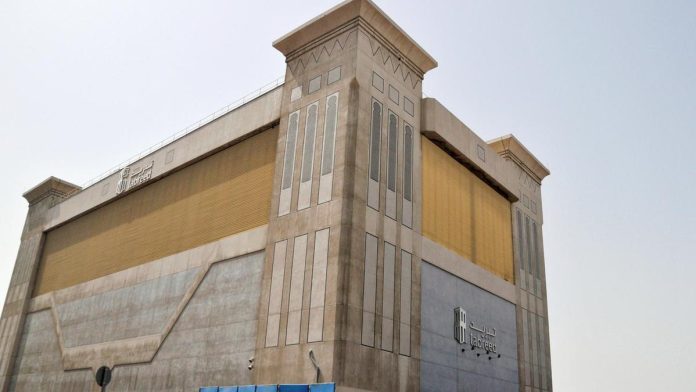Abu Dhabi-based district cooling giant Tabreed has integrated California based OSIsoft’s big-data analytics system across its network of 74 district cooling plants to monitor, analyse, and improve performance and reliability.
Tabreed is now tracking around 30,000 data streams, or ‘tags’, via OSIsoft’s PI System, in order to monitor power consumption, cooling energy production, and equipment status.
Tabreed supplies district cooling solutions to organisations across the the Cooperation Council for the Arab States of the Gulf (GCC), which includes Bahrain, Kuwait, Oman, Qatar, Saudi Arabia, and the United Arab Emirates.
It claims to deliver one million refrigeration tons each year to key developments in the region. These include Abu Dhabi’s Al Maryah Island, Yas Island, Sheikh Zayed Grand Mosque, Dubai Metro, Dubai Parks and Resorts, and the Jabal Omar Development in the Holy City of Mecca, Kingdom of Saudi Arabia.
PI System ingests data from multiple sensors, industrial equipment, and other devices. OSIsoft claims over two billion sensor-based data streams are already managed with the software.
The company’s dashboard tool, PI Vision, is also being used by Tabreed.
District cooling provides a cheaper and greener form of air conditioning. It relies on centralised cooling plants to produce chilled water, which gets circulated through underground pipes to buildings and campuses within a network.
Tabreed claims its district cooling consumes 50 per cent less energy than conventional air conditioning, and also reduces maintenance and capital costs.
Jean-Francois Chartrain, chief operating officer at Tabreed, said: “We hope to leverage technology like the PI System to predict equipment malfunctions and proactively enhance our operations. Data analytics solutions will increase our ability to deliver affordable and reliable chilled water to our customers.”
Patrick Kennedy, founder and chief at OSIsoft, commented: “Data is the one commodity in the world that gets more valuable the more people use it. In Tabreed’s case, digital transformation can help improve the company’s performance, enhance the comfort of its customers and ultimately benefit the greater community. We look forward to seeing what they accomplish.”
Meanwhile, the Idaho National Laboratory (INL), a US Department of Energy (DOE) facility, has said it will use the PI System for testing and evaluating smart grid technologies.
OSIsoft said the collaboration with the INL will enable government and industry to advance the adoption of micro-grid and renewable technologies, and enhance the security and resilience of critical infrastructure and related systems.
Steve Sarnecki, strategic accounts executive for the DOE at OSIsoft, commented: “We look forward to continuing to provide the same trusted PI System architecture to INL as we do for worldwide organisations, the majority of Critical Infrastructure Key Resources (CIKR), our Department of Defense, and other federal partners to aid INL’s efforts of solving real-world challenges.”
Last month, industrial analytics provider Element launched a combination of software and services for companies to create asset framework data models for the PI System. It said the new framework accelerator will allow companies to create data models “10 times faster or more” than than conventional methods.
Asset Framework is a technology developed by OSIsoft to allow separate data streams to be combined as one. The new accelerator allows an Asset Framework for an individual piece of industrial equipment, such as a pump, to be configured in 30 minutes and replicated across the enterprise.
An Asset Framework for an entire plant or facility takes longer as the model may have to simulate thousands of pieces of equipment, process steps and interdependencies between devices, said OSIsoft.
Heathcliff Howland, a senior director Element, said: “Many customers are sitting on a wealth of data in their PI System, but they aren’t getting their full value out of it because they haven’t had the time or opportunity to turn it into Asset Frameworks that can be used to conduct complex analytics or perform other tasks.
“With the Element AF Accelerator, a complete Asset Framework of a facility or other complex environment can be built in less than a month. These customers can then replicate that model to quickly build additional Asset Frameworks for other processes and plants. It also kick-starts the journey toward using PI Vision, Event Frames, Notifications, and the growing wave of cloud-based analytics for the industrial market.”
Steve Kwan, a product manager at OSIsoft, said: “What’s really attractive about Element is you can experiment. You can quickly build multiple models and hierarchies based on your needs and know that the underlying data accurately reflects the changing nature of your operations.”

